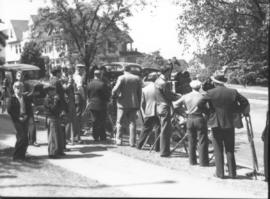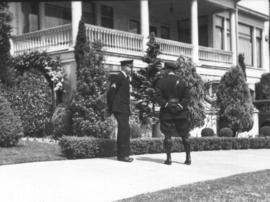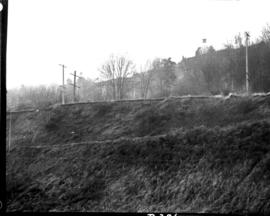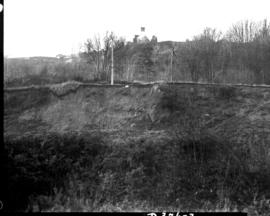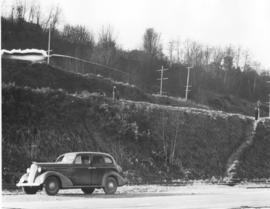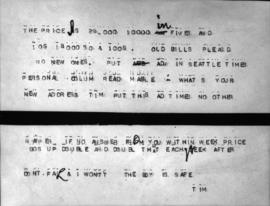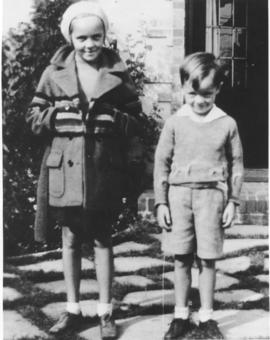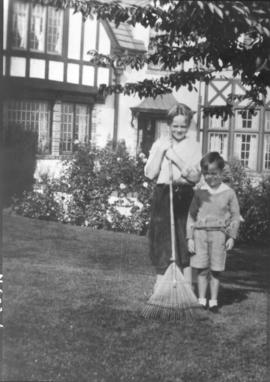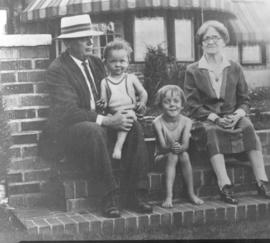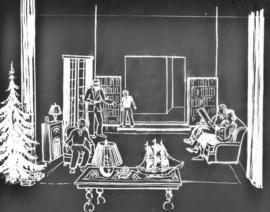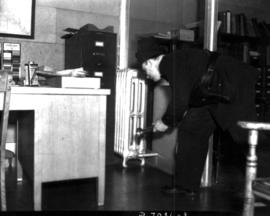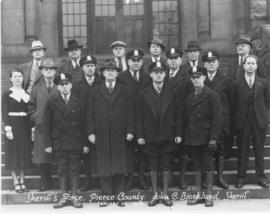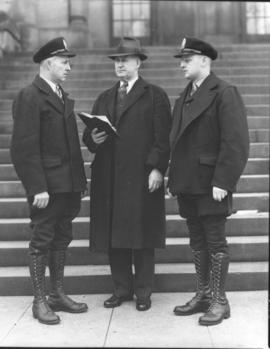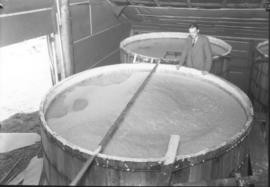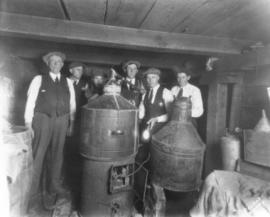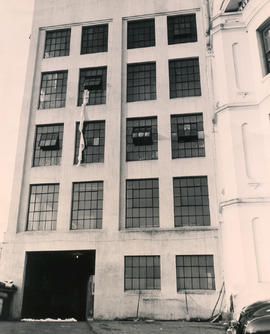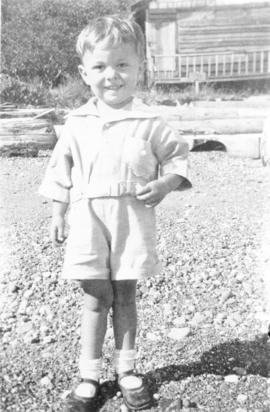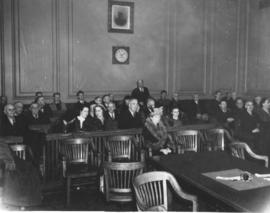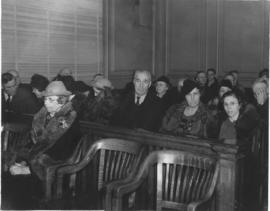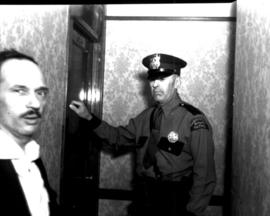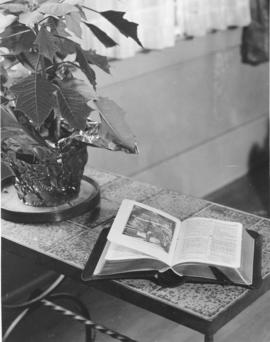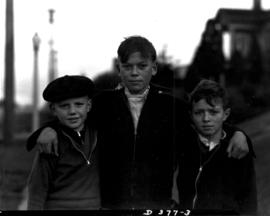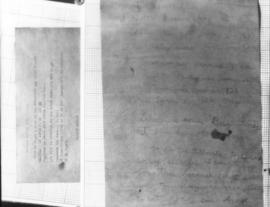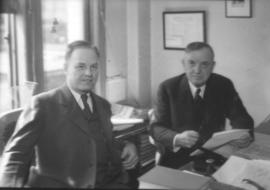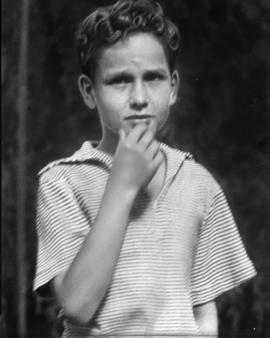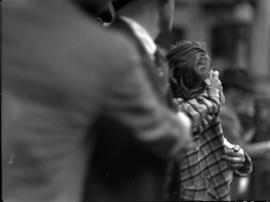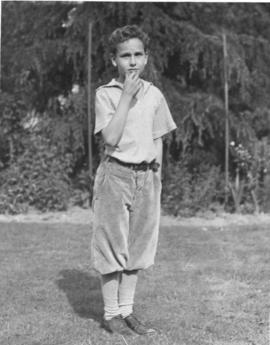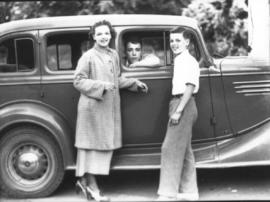Mattson kidnapping case, playmates of Charles Mattson. Three boys posed on the sidewalk for their portrait, ordered by the Seattle Star. At approximately 9 pm. on December 27, 1936, Charles Mattson, his 16 year old brother William, his 14 year old sister Muriel and a 14 year old family friend Virginia Chatfield sat in the front room of the Mattson home at 4605 No. Verde watching motorists drive up to view the large, living Christmas tree illuminated on the front lawn. The childrens' parents, Dr. and Mrs. William Mattson, were attending a social function. The idyllic scene was interrupted by the shattering of glass as an armed intruder broke through a french door at the rear of the house. He made a pretense of searching William for money and then bodily carried ten year old Charles out the rear of the house, leaving a ransom note. The Mattsons were an unusual target, although living in a wealthy neighborhood, the family was only moderately well-to-do. Dr. Mattson had lost much of his savings in the Great Depression and their home was mortgaged. He raised the $28,000 ransom with difficulty but was unable to receive clear instructions from the kidnapper on how to deliver the money. Charles Mattson was killed by a blow to head and dumped in a wooded area off of the Edmonds-Everett highway. His body was discovered January 10, 1937, he had been dead 5-6 days. Despite questioning and holding many suspects, the FBI and police were unable to locate his murderer. The canny and well planned kidnapping varied greatly from the kidnapper's later disjointed and confused communications. The authorities were led to believe that the kidnapper was a madman. (T. Times 12/28/1936 - 1/25/1937, pg. 1)
Kidnappings--Tacoma--1930-1940; Boys--Tacoma--1930-1940; Mattson, Charles--Kidnappings;
